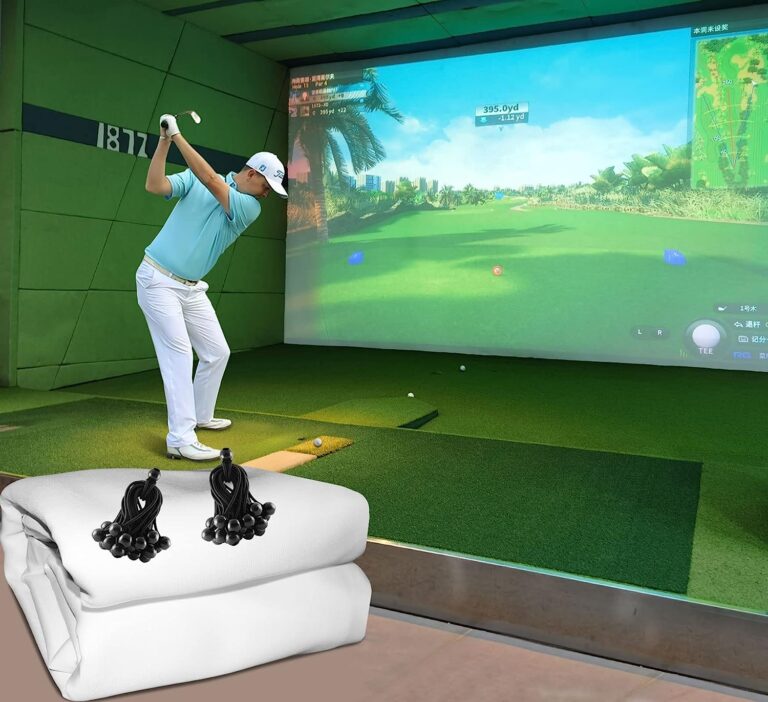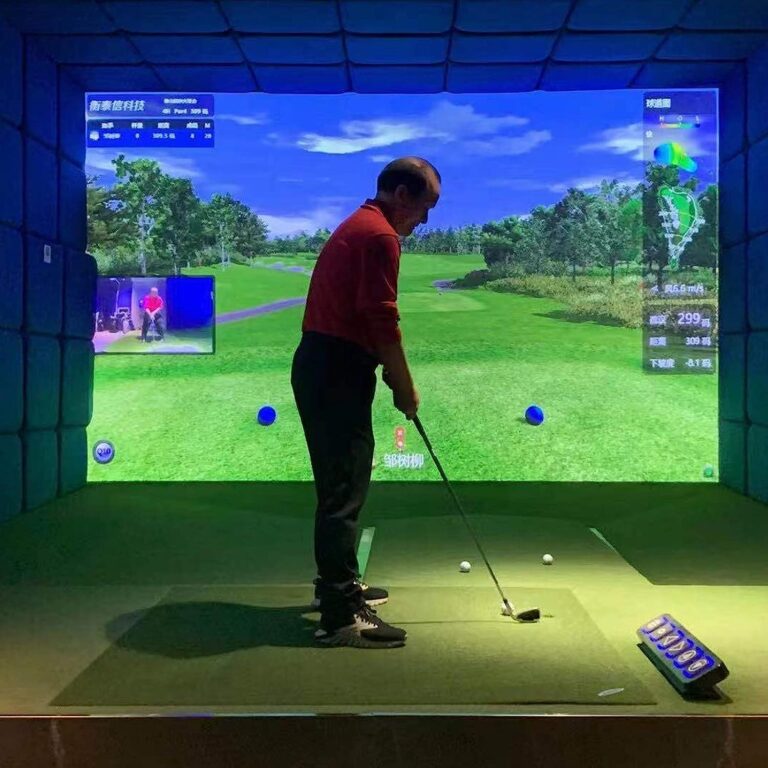how accurate are golf simulators
Hi folks, are you like most people starting up on home golf simulators and wondering how accurate are golf simulators?
Golf simulators have been around for several years, and they have become increasingly popular among golf enthusiasts. They offer a convenient and cost-effective way to practice golf without leaving the comfort of your home.
However, many golfers have questioned the accuracy of these simulators, wondering if their measurements are reliable enough to provide accurate feedback on their swing.
The accuracy of golf simulators varies depending on the type of technology used. Some of the most accurate simulators use high-end launch monitors, such as Trackman and Foresight Sports GCQuad.
These launch monitors can measure ball flight, spin rate, launch angle, and other important metrics with a high degree of accuracy. Golfers can use this data to analyze their swing and identify areas for improvement. However, not all simulators use this type of technology, and some may not be as accurate as others.
Overall, golf simulators can be a useful tool for golfers to improve their game. While their accuracy may vary, many simulators use reliable technology that can provide accurate feedback on a golfer’s swing.
However, it’s important to do your research and choose a simulator that uses high-end launch monitors if you’re looking for the most accurate measurements.
Understanding Golf Simulators
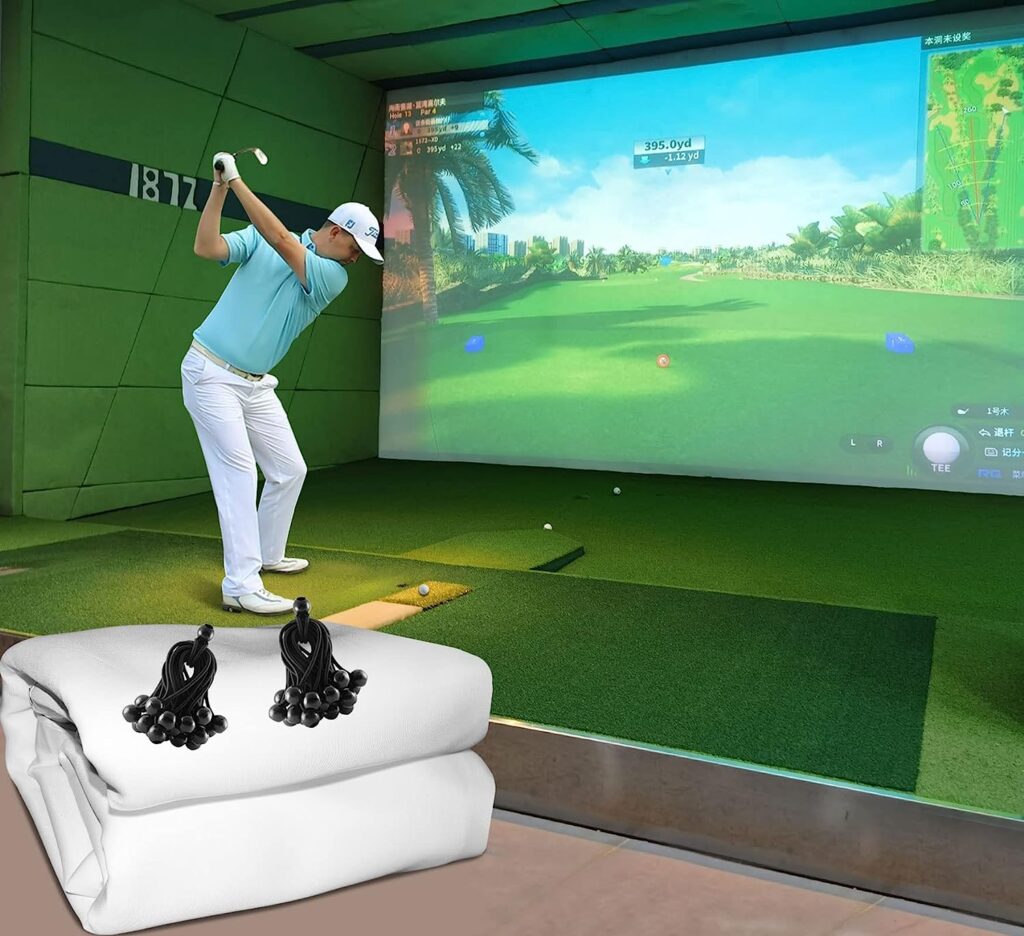
Golf simulators use advanced technology to simulate the experience of playing golf indoors. They are designed to provide golfers with a realistic and immersive experience, allowing them to practice and play golf all year round, regardless of the weather conditions outside.
The basic components of a golf simulator include a launch monitor, a projector, and a screen or net. The launch monitor is the most important component of a golf simulator, as it is responsible for tracking the ball and providing accurate data on ball speed, launch angle, spin rate, and other important metrics.
There are several types of launch monitors used in golf simulators, including camera-based systems, radar-based systems, and infrared systems. Each type of launch monitor has its own strengths and weaknesses, and golfers should choose a system that best meets their needs and budget.
Camera-based systems use high-speed cameras to track the ball and provide accurate data on ball flight and other metrics. These systems are generally more affordable than radar-based systems and are ideal for golfers who want a basic golf simulator setup.
Radar-based systems use Doppler radar to track the ball and provide accurate data on ball speed, launch angle, spin rate, and other important metrics. These systems are more expensive than camera-based systems but are generally more accurate and provide more detailed data.
Infrared systems use infrared sensors to track the ball and provide accurate data on ball flight and other metrics. These systems are relatively new to the market and are generally more expensive than camera-based systems but less expensive than radar-based systems.
Accuracy of Golf Simulators
There is no denying that Golf simulators have become increasingly popular in recent years, allowing golfers to practice their game in the comfort of their own homes or at an indoor facility.
However, many golfers are skeptical about the accuracy of these simulators compared to hitting shots on an actual golf course. In this section, we will explore the accuracy of golf simulators and how they measure up to real-life golf shots.
Ball Flight Data
One of the most important factors in determining the accuracy of a golf simulator is the ball flight data it provides. This includes information such as ball speed, launch angle, spin rate, and direction.
The accuracy of this data is crucial, as it can impact the accuracy of the shot and the overall experience of using the simulator.
According to a source, some of the most accurate golf simulators on the market provide ball flight data with an accuracy rating of 1-2% compared to real-life shots. This means that the ball flight data provided by the simulator is very close to what would be expected on an actual golf course.
Clubhead Data
In addition to ball flight data, golf simulators also provide clubhead data, which includes information such as club speed, face angle, and path. This data is important for analyzing swing mechanics and making adjustments to improve performance.
According to a source, most golf simulators provide clubhead data with an accuracy rating of around 85-90%. However, some of the best simulators on the market can provide clubhead data with an accuracy rating of 95% or higher.
By and large, while there may be some variability in the accuracy of golf simulators, the most accurate simulators can provide ball flight and clubhead data that is very close to what would be expected on an actual golf course.
This makes them a valuable tool for golfers looking to improve their game and practice in a more convenient setting.
Factors Affecting Accuracy
Golf simulators are becoming increasingly popular among golf enthusiasts and professionals. However, the accuracy of a golf simulator depends on several factors. In this section, we will discuss the factors that affect the accuracy of golf simulators.
Quality of the Simulator
The quality of the simulator is one of the most important factors that affect the accuracy of a golf simulator. High-end simulators with advanced tracking technologies like cameras and radar tend to be more accurate than cheaper options. The type of launch monitor used and the quality of the simulator system also play a significant role in determining the accuracy of a golf simulator.
Player’s Skill Level
The player’s skill level is another factor that affects the accuracy of a golf simulator. A skilled golfer may be able to compensate for any inaccuracies in the simulator, while a beginner may struggle to adjust to the simulator’s limitations. It is essential to keep in mind that a golf simulator is not a substitute for actual practice on a golf course.
Environmental Conditions
Environmental conditions such as temperature, humidity, and altitude can also affect the accuracy of a golf simulator. The sensors used in the simulator may not work correctly in extreme weather conditions, resulting in inaccurate readings. It is essential to ensure that the simulator is set up in an environment that is conducive to accurate readings.
In conclusion, the accuracy of a golf simulator depends on several factors, including the quality of the simulator, the player’s skill level, and environmental conditions. It is essential to consider these factors when using a golf simulator to ensure accurate readings.
Comparing Real Golf and Golf Simulators
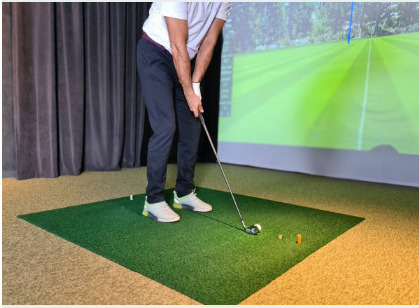

Golf simulators are becoming increasingly popular among golf enthusiasts who want to play golf indoors or practice their swings without going to a golf course. But how accurate are golf simulators compared to real golf?
One of the main differences between real golf and golf simulators is the environment. Real golf is played on a course with natural terrain, grass, and weather conditions. Golf simulators, on the other hand, use artificial turf and simulate different weather conditions, such as wind and rain.
Another difference is the equipment used. In real golf, players use their own clubs, balls, and tees. In golf simulators, players use clubs provided by the simulator and hit balls into a screen or projection. The simulator then measures the ball’s speed, direction, and spin to calculate the shot’s distance and accuracy.
Golf simulators also use launch monitors to measure the ball’s flight and provide feedback on the player’s swing. Launch monitors use sensors to track the ball’s movement and provide data on the ball’s speed, launch angle, spin rate, and other factors. This data can help players improve their swing and adjust their equipment to optimize their performance.
While golf simulators can provide a realistic golf experience, they are not perfect. Some golf simulators may not accurately simulate the terrain or weather conditions of a real golf course. Others may not accurately measure the ball’s flight or provide accurate feedback on the player’s swing.
In summary, golf simulators are a useful tool for golfers who want to practice their swings or play golf indoors. However, they should not be relied upon as a perfect substitute for real golf.
Golfers should use golf simulators as a supplement to their real golf practice and take into account the limitations and differences between the two.
Improving Simulator Accuracy
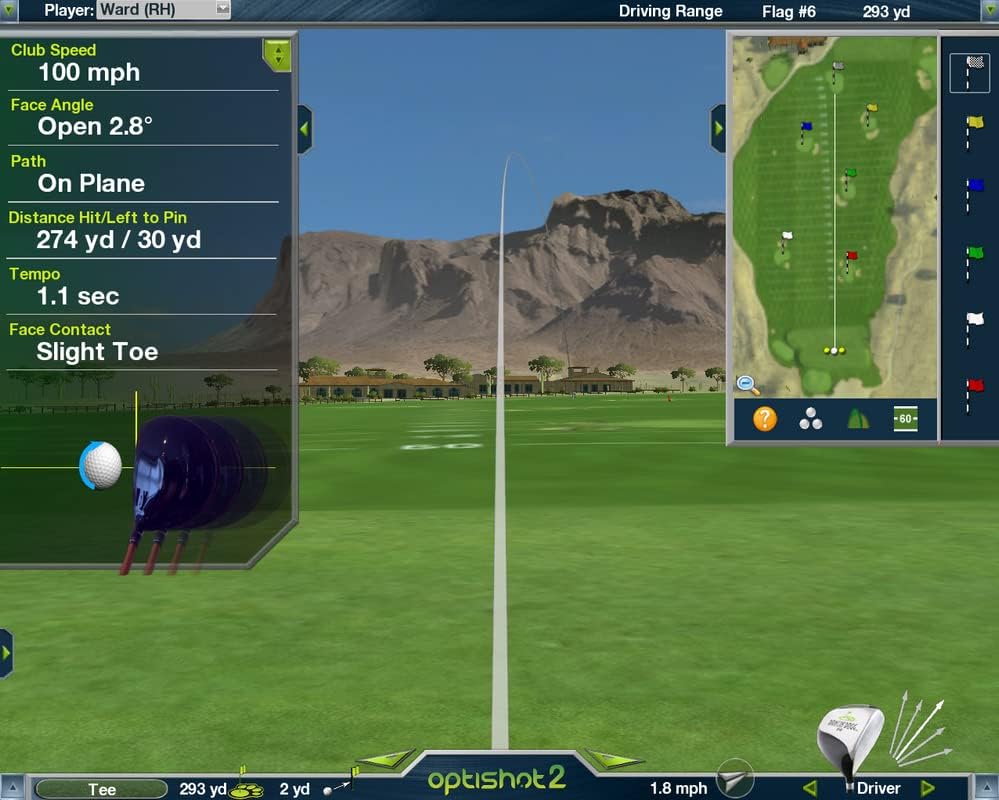
To improve the accuracy of golf simulators, several factors must be taken into account. Here are some tips to help improve the accuracy of your golf simulator:
1. Choose the Right Simulator
The quality of the simulator is one of the most important factors in determining the accuracy of your golf simulator. Higher-end simulators such as Trackman are generally considered to be the most accurate of all simulators. These simulators are equipped with advanced sensors and software that provide highly accurate data on your shots.
2. Calibrate the Sensors
Calibrating the sensors is another important step in improving the accuracy of your golf simulator. This involves setting up the sensors to accurately measure the speed, spin, and trajectory of your shots. Calibration is usually done by the manufacturer or a trained technician, but it can also be done by the user with the help of calibration software.
3. Optimize the Environment
The environment in which you set up your simulator can also affect its accuracy. It is recommended to set up your simulator in a room with high ceilings and plenty of space to ensure that your shots are not affected by walls or other obstacles. Additionally, lighting and temperature can also affect the accuracy of your simulator, so it is important to optimize these factors as well.
4. Improve Your Swing Technique
Finally, improving your swing technique can also help improve the accuracy of your golf simulator. By focusing on your swing and making adjustments to your technique, you can improve the consistency and accuracy of your shots, which will be reflected in the data provided by your simulator.
By taking these steps, you can significantly improve the accuracy of your golf simulator, providing you with more accurate data on your shots and helping you to improve your game.
Conclusion
Golf simulators have come a long way in terms of accuracy and affordability over the years. However, there is still some skepticism surrounding the accuracy of golf simulators.
The truth is, the accuracy of a golf simulator depends on a few major factors such as the simulator’s sensors, software, and hardware. Some simulators are more accurate than others, and some are not accurate at all. It is important to do research and read reviews before investing in a golf simulator to ensure that it meets your accuracy needs.
One of the most accurate golf simulators on the market is the TrackMan Golf Simulator. It uses Doppler radar technology to track the ball’s flight and provides extremely accurate data on ball speed, launch angle, spin rate, and more. Another highly accurate simulator is the Foresight Sports GCQuad Launch Monitor, which uses four high-speed cameras to capture data on the ball and club.
It is important to note that accuracy also depends on how well the simulator is calibrated and how accurately the player swings the club. Calibration is crucial for accurate data, and players must swing the club in a way that closely resembles their actual swing to ensure accurate data.
In conclusion, while the accuracy of golf simulators may vary, there are many highly accurate simulators on the market that provide data that is comparable to real-life golfing experiences. It is important to do research and invest in a quality simulator that meets your needs for accuracy and affordability.

